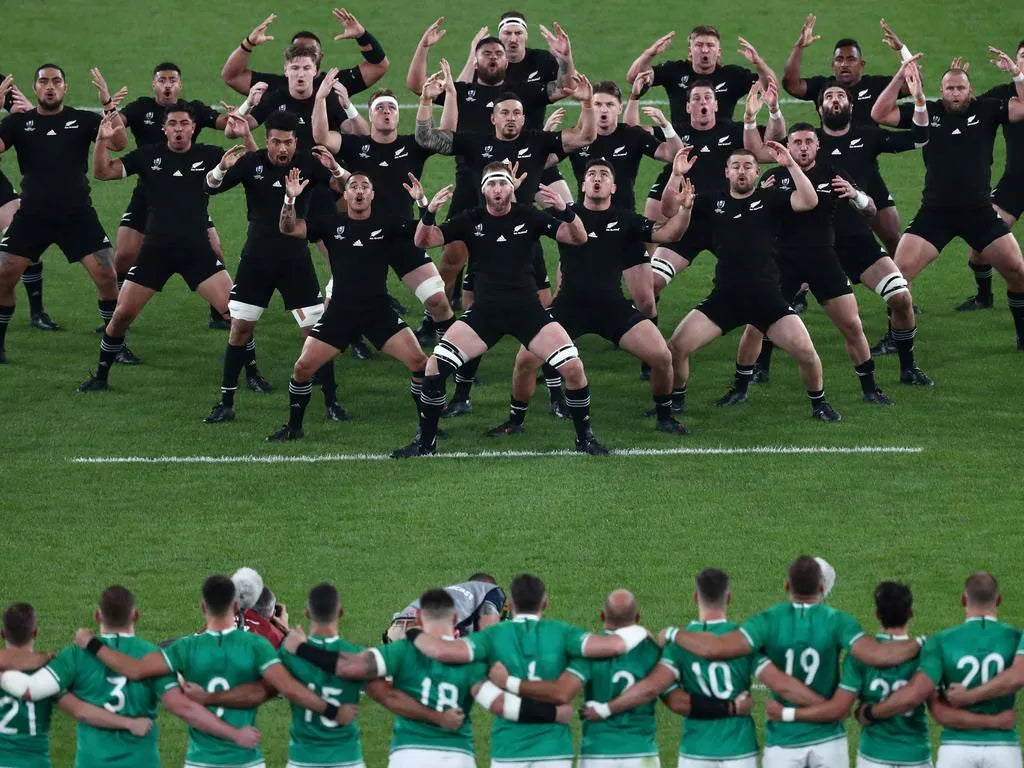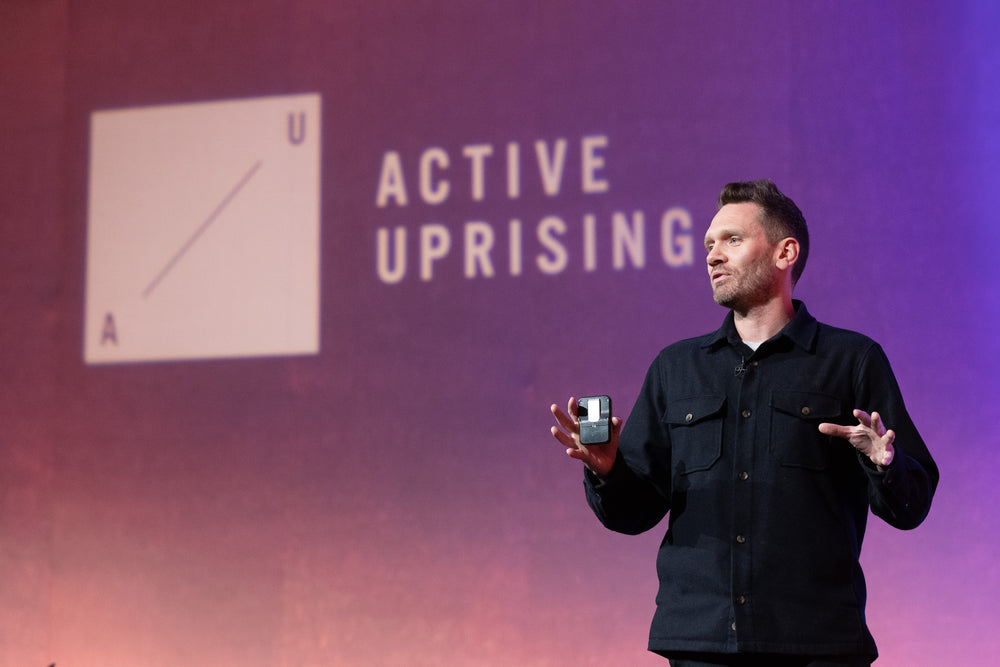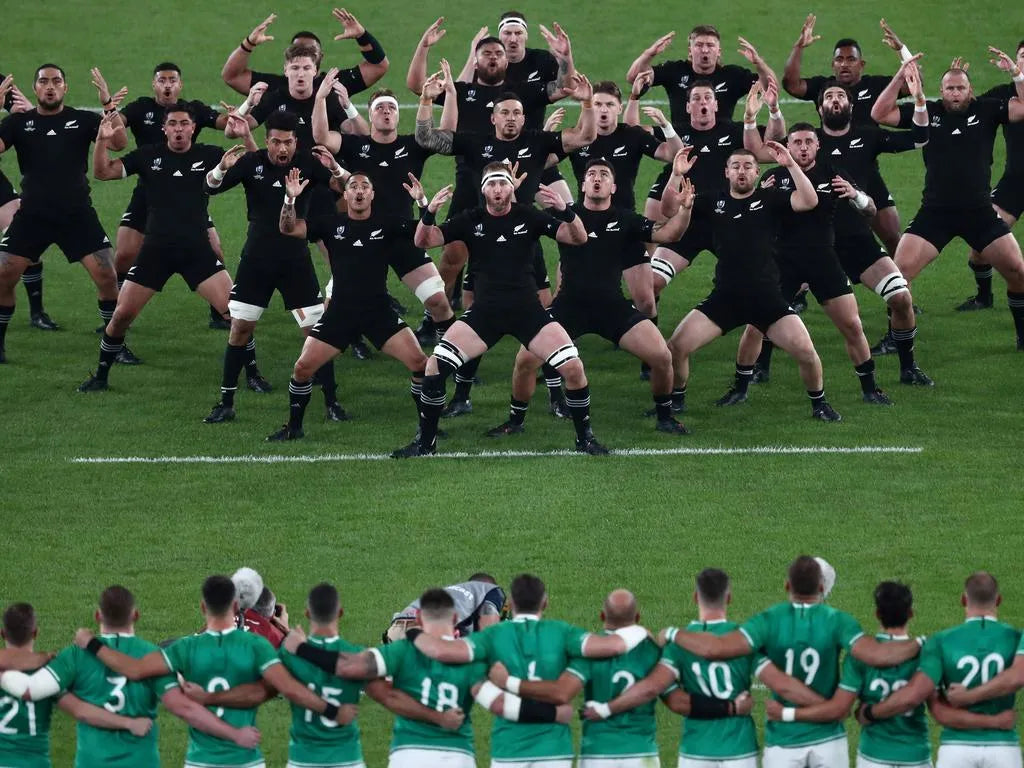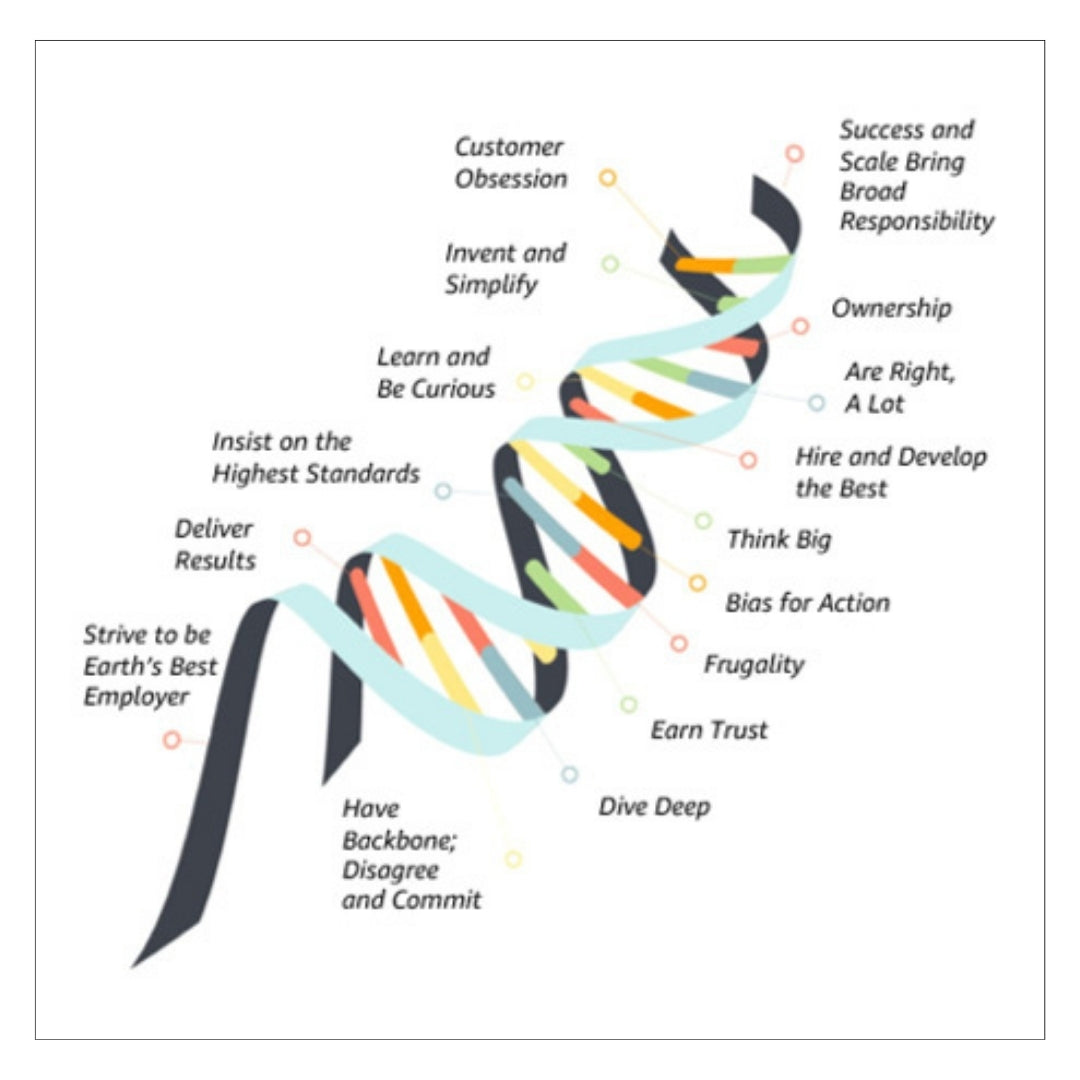The Power of Threading: Weaving a High-Performance Culture

Have you ever wondered what makes certain teams or organisations stand out? Why do some groups perform like they have a secret ingredient, whilst others struggle to find momentum?
Think back to those moments when you’ve been part of a group that just ‘worked’. There was a rhythm, a unity, a sense of shared purpose.
While it may have felt organic, I'll make a stab in the dark that it wasn’t by chance - it's likely by design and it was the result of a common thread that we'll explore in this article.
Perhaps you're more familiar with a team feeling that is absent of a common story, a clear and compelling vision, and a deep sense of purpose.
But what is this 'common thread' that binds a team of individuals together?
From my years working in elite high-performance sport, and now coaching, consulting and advising Governmental and corporate organisations, I’ve created a framework called ‘team threading’.
It’s a three step process and I’ll attempt to provide a summary below. If there’s an interest, I’ll write a short blog on each step with more detail.
In summary, the three steps include:
- Crafting and co-creating the story.
- Integrating and living the story through behaviours and rituals.
- Evolving and adapting the story.
The Power of the Untold Narrative
In my consultations with various organisations, I always remember one interaction with a major construction company standing out. And this really sticks in my mind about the power of story.
Initially, when I asked about this company's story, they spoke of strategy, projects, and buildings. The conversation centred about the mechanics and structure of the business. Ways of working, process, and operational models (all very important for building a sense of belonging too!).
Now, this is natural and unsurprising - particularly given the context. But I was more intrigued about the emotion and history of the organisation.
I was persistent to find out about the history of the company.
As layers were peeled back, a pretty cool story emerged:
They revealed the company had a hand in building the Houses of Parliament.
Immediately, it changed the tone of the conversation. I was utterly engaged, amazed, and even shocked they didn't mention it. I could feel the shift in emotions when they were telling the story as well. I had so many questions.
Yet, until recently, they had never fully embraced this story. It was never talked about in recruitment, onboarding, or conversations in the company.
We agreed it was potentially a missed opportunity. Can you imagine the untapped potential for attracting talent for this construction company? The potential in recruitment and onboarding new employees?
The motivation and feeling it might create in employees?
“Discovering a company's true narrative can be like finding a hidden treasure.”
And it gets me intrigued...
What stories might be lurking beneath the surface of your organisation? How often are these questions asked?
So here’s a short breakdown of each stage you could work through (not in a linear fashion) to support organisations in threading a cultural narrative.
1. Co-Create: Crafting a Shared Narrative
Every organisation, every team, has stories. But how do you find them? And more importantly, how do you shape them into a narrative that resonates?
Take the story of the New Zealand rugby team, the All Blacks. On the surface, they're a team known for their exceptional skills and rigorous training. But there's more to their success than meets the eye.
Their connection to the Haka, a traditional Maori challenge, is not just about intimidating the opposition. It's a narrative that reminds them of their shared roots, their ancestors, and their collective strength.
The Haka is a powerful, ancestral war cry, dance, or challenge from the Māori people of New Zealand. It's a symbol of their heritage, a link to their past, and a pledge to their future.
When the All Blacks perform the Haka before a game, they're not just participating in a ritual; they're invoking the strength of their ancestors, the pride of their nation, and the spirit of their team. It's a narrative that binds them together, reminding them of who they are and what they represent. How might your organisation's history and traditions shape its future?
Simon Curran, Executive Coach of All Blacks Performance Labs, using their 'ME WE GO' framework says: "In the highest performing teams, we have found, each person is seen and heard. And when this happens, you get people out of their heads and into their hearts, and that’s where incredible happens".
Stories evoke emotions. Emotions are the heartbeat of a team.
Apple, too, offers more than just iPhones. They talk about creating ‘experiences’. They've woven a narrative of 'thinking different', challenging the norm. This philosophy drives every aspect, from product design to marketing.
What narrative drives your team?
2. Integrate: Living the Thread Every Day
Once you've discovered and crafted your narrative, how do you make it a living, breathing part of your organisation?
How do you avoid the pitfall of 'values just sitting on the wall'?
Consider Disney’s onboarding training below:
Every new Disney employee, regardless of their role or level, undergoes a training program called "Traditions."
This program immerses them in the company's history, values, and vision. By understanding the legacy and magic behind Disney, employees feel a deeper connection to the brand and its mission.
Through rituals, customs, and artefacts, these stories become more than just words; they become a part of the team's identity. They shape decisions, guide actions, and influence behaviours. How can you embed your narrative into the daily life of your organisation?
3. Evolve: Adapting the Thread
Change is inevitable. As teams grow, goals shift, and the world evolves, so too must the narratives that guide us.
But how do you ensure that your story remains relevant?
There's no one-size-fits-all approach to this. It's context specific to your culture and organisation. Often, it's the small actions, conversations, and nudges that create the big differences.
Coca-Cola are known for promoting a culture of open dialogue and feedback. Regular town hall meetings, feedback sessions, and internal communication platforms allow employees to stay informed, voice their opinions, and engage with leadership.
This allows for ‘re-threading’. An ability to evolve the narrative of the organisations through being a ‘listening organisation’.
In essence, a successful team culture is built on diverse and powerful stories. It's searching for all strands of the organisational history and culture (including individual stories) to build one common thread.
These narratives serve as a compass, guiding every member toward a shared goal, providing direction even in uncertain times. As the world changes, the story's relevance and resonance must be maintained.
In summary, ‘team threading’ helps leaders, teams, and organisations to do the following:
- Find a uniting common story and how do you shape them into a narrative that resonates with everyone? It might just be one word or statement.
- How do you make it a living, breathing part of your organisation that’s woven into the fabric of your organisation?
- How do you ensure that your story remains relevant?
I'm always up for sharing experiences and learning from others if anyone wants a chat :)





